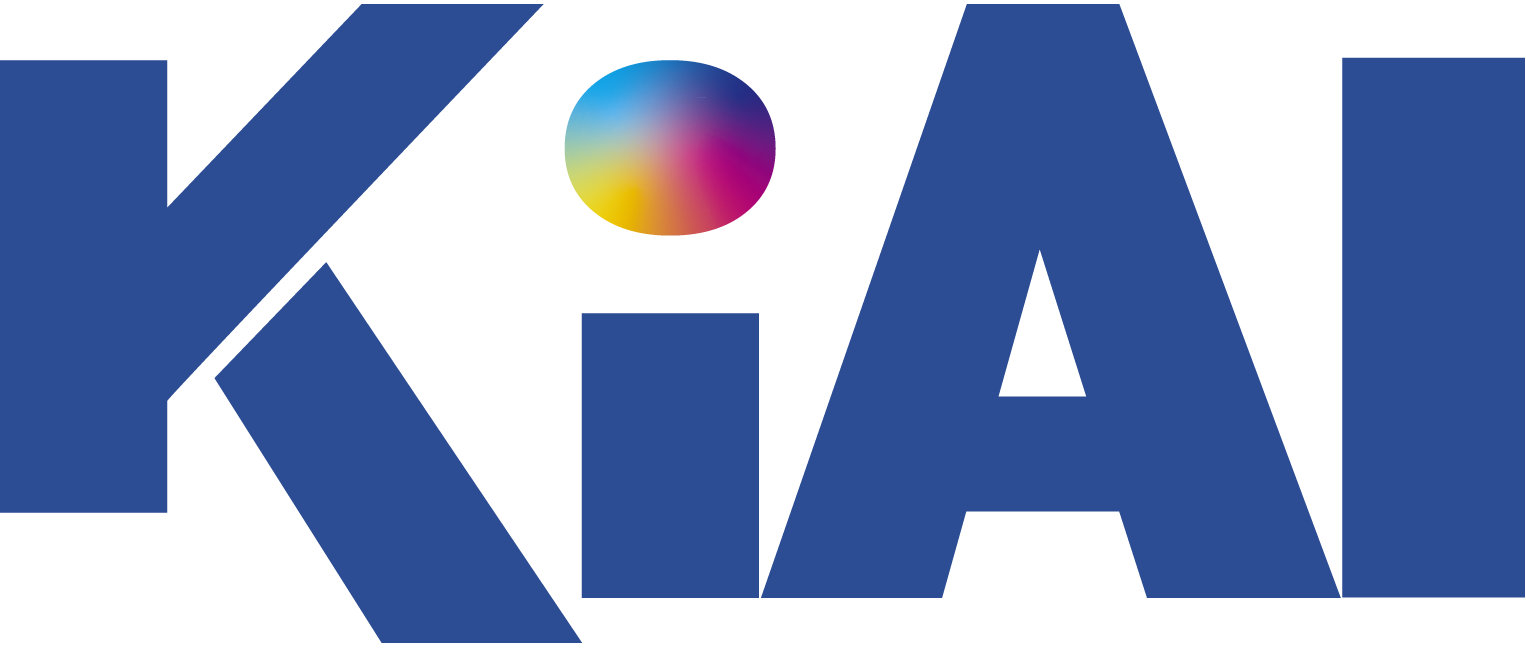As 2025 progresses, Russia’s approach to tariffs and international trade continues to evolve, reflecting the country’s strategic economic and geopolitical priorities. Here are the key developments and implications of Russia’s tariff strategy for 2025:
- US Holds Off on Russia Tariffs Amid Ukraine Talks: The White House announced that Russia is excluded from new US tariffs due to ongoing negotiations regarding the Ukraine conflict. A 10% base minimum tariff rate was introduced by the US, with higher rates determined by trade deficits to achieve balance. The decision to exclude Russia from these tariffs was made to avoid interfering with ongoing peace negotiations. (Source: https://ria.ru/20250406/poshliny-2009659200.html)
-
White House Signals Potential for Stronger US Sanctions Against Russia: Despite Russia not being included in the list of countries affected by new US tariffs, the White House press secretary did not rule out additional, tougher US sanctions against Russia. This indicates that while tariffs are currently off the table, other economic measures could still be implemented. (Source: https://ria.ru/20250403/sanktsii-2009015338.html?in=l)
-
Macron Urges European Businesses to Boycott US Investments: In response to US import tariffs imposed by Donald Trump, French President Emmanuel Macron urged European companies to halt investments in the USA. This move is seen as a countermeasure to the US tariffs and reflects the broader geopolitical tensions affecting international trade. (Source: https://www.kommersant.ru/doc/7624474?from=top_main_2)
-
IEA Cuts 2025 Global Oil Demand Growth Forecast: The International Energy Agency (IEA) lowered its global oil demand growth forecast for 2025, attributing the revision to the new US tariff policy and increased OPEC+ oil production. This has led to lower global oil prices, which could impact Russia’s economy, particularly if oil prices fall below the comfortable threshold for Russia’s budget. (Source: https://www.kommersant.ru/doc/7658320?from=top_main_9)
-
Russia’s Central Bank Holds Key Rate Amidst Inflation Concerns: The Central Bank of Russia, led by Elvira Nabiullina, has maintained a cautious approach to lowering the key rate due to high inflation. The key rate remains at 21% per annum, with a potential increase if inflation reduction targets are not met. This monetary policy stance is crucial for managing the economic impact of international trade dynamics and tariffs. (Source: https://www.kommersant.ru/doc/7624039?from=spot_main)
-
Russia Open to Realistic Peace Initiatives in Ukraine: Russia’s Deputy Foreign Minister, Mikhail Galuzin, stated that Russia is open to realistic peace initiatives and mediation offers regarding Ukraine. These initiatives must consider Russia’s interests, and the discussions include platforms initiated by China, Brazil, and other Global South countries. This diplomatic stance is intertwined with Russia’s economic strategies, including tariff policies. (Source: https://www.kommersant.ru/doc/7623655?from=top_main_7)
Summary
In 2025, Russia’s tariff strategy is closely linked to its broader geopolitical and economic objectives. The exclusion from new US tariffs amid Ukraine conflict negotiations, potential for stronger US sanctions, and responses from European leaders like Macron highlight the complex international trade environment. Additionally, the IEA’s revised oil demand forecast and Russia’s cautious monetary policy underscore the economic challenges and strategic considerations facing the country. As Russia navigates these dynamics, its openness to realistic peace initiatives in Ukraine remains a critical factor influencing its economic and trade policies.

